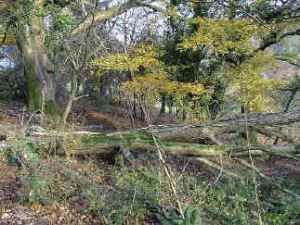I know I’ve been really quiet since starting the PDC. One reason I think is became I’m synthesizing so much of my earlier permaculture learning with that provided in the class. Through my previously study, I had a great deal of information. I did a lot of study on my own. The way it is coming together in the PDC (particularly through the order in which the instructors present the information in the PDC) is giving me new insights into permaculture beyond the garden. I think I’m waiting for the new learning from the PDC to catch up with the study I had done.
Secondly over the past month, I’ve determined that this blog needs to have a broader focus; that ultimately I have a broader area of interest than what I’ve been talking about so far.
My original about me/about the blog statement says:
I am interested in investigating permaculture’s relevance to household renovation, municipal water and waste water system design and the transition economy in an urban/suburban context.
Really I am interested in learning about ways and systems to shift our minds not only toward a transition economy but to a more self-determined economy and consciousness. Permaculture as it is typically defined is a subset of this discussion.
One of my earlier and most popular posts talked about the book … and the echo follows. This post focused on the way that rural poor people in India, Africa Central and South America were using “permaculture solutions” to make decisions about and gain greater control over the factors that effect their lives. My focus in this blog thus far has been a focus on permaculture to the urban/suburban context because that’s where I live. Nevertheless the solutions of these so-called “third world” people are of interest because we in the so-called “developed world” who are interested in permaculture are engaging the same forces as we attempt to make this shift to a transition economy.
Our task must be to free ourselves from this prison by widening our circle of compassion to embrace all living creatures and the whole of nature in its beauty.
Right now I’m struggling a little to articulate the concepts in my mind fully but know from here on out this blog will be covering a little broader territory. I’m sure I will get clearer as I continue to post.





